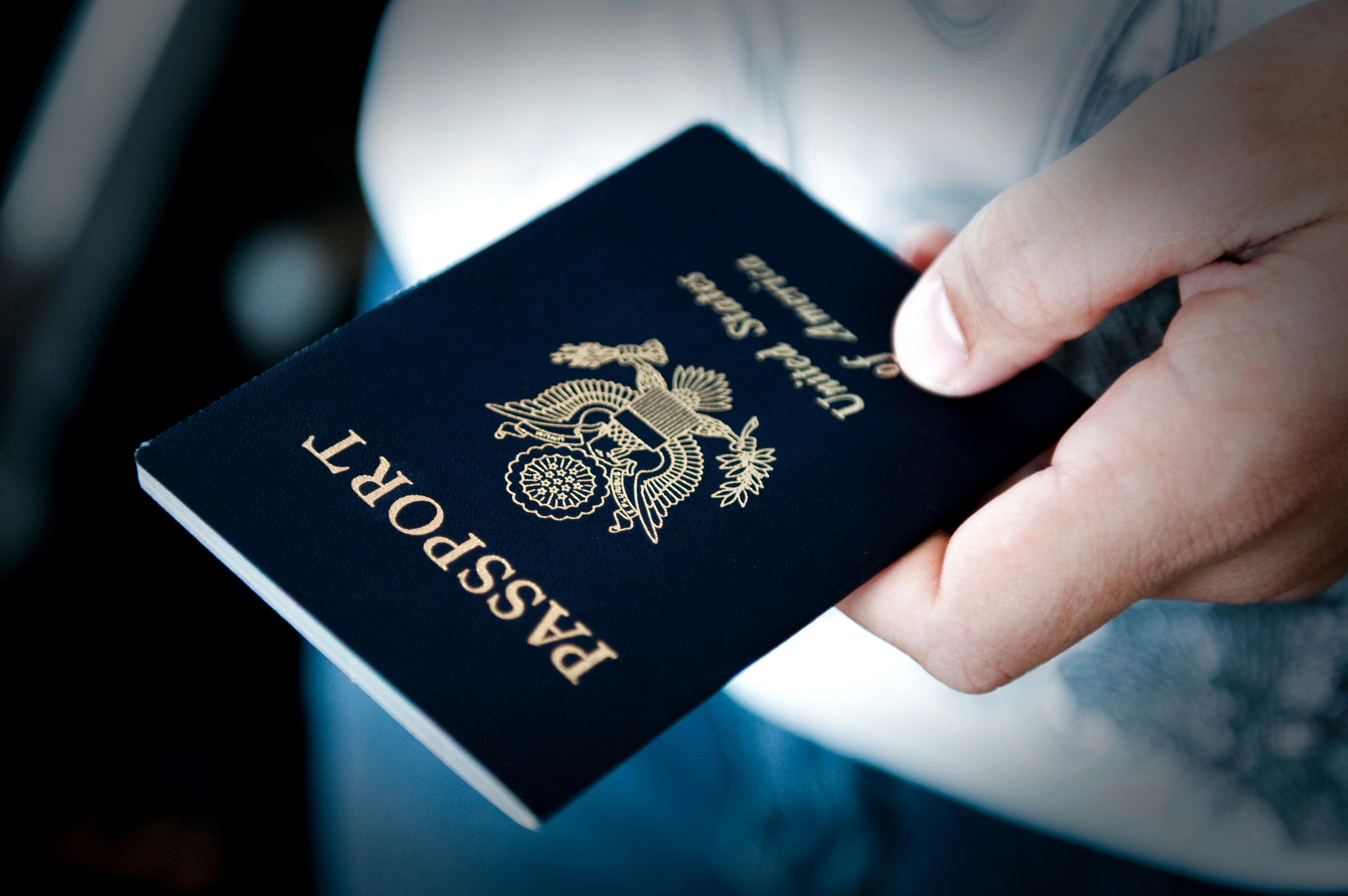How to Legally Change Your Name?

/ 5 Stars read 2 min
Whether you’re getting married or just want to change your name for personal reasons, legally changing your name can be a bit daunting.
However, as a driver, it’s important to update all of your identification documents – driver’s license, registration, title, car insurance, etc. – to match your new legal name.
In this comprehensive guide, we’ll discuss the steps involved in legally changing your name, from filing a petition to updating your identification documents.
Step 1: File a Petition
The first step in legally changing your name is filing a petition with your local court. You’ll need to provide your current legal name, your new legal name, and the reason for the name change. Some common reasons to change your name include marriage, divorce, adoption, or simply wanting a new name.
You may also be required to provide additional documentation, such as a birth certificate or social security card. After you file your petition, a court date will be set for a judge to review your case.
Step 2: Attend Your Court Hearing
On your court date, you’ll need to attend a hearing to present your case to a judge. You’ll need to explain why you want to change your name and provide any necessary documentation. If the judge approves your name change, they will issue a court order, also known as a decree, that legally changes your name.
Step 3: Update Your Identification Documents
Once you have your court order, you’ll need to update all of your identification documents. This includes your driver’s license, registration, title, and car insurance. Start by visiting your local DMV or motor vehicle agency to update your driver’s license. You’ll need to bring your old driver’s license, court order, and any other required documentation, such as proof of residency or citizenship.
After your driver’s license has been updated, you can update your registration and title with your local motor vehicle agency. Finally, contact your car insurance company to update your policy with your new legal name.
Step 4: Notify Creditors, Employers, and Other Agencies
You’ll also need to notify your creditors, employers, and any other agencies of your name change. This includes banks, credit card companies, mortgage lenders, utility companies, and the Social Security Administration. Make sure to provide them with your court order and update any accounts or policies with your new legal name.
Conclusion
Legally changing your name may seem like a daunting process, but by following the steps outlined in this comprehensive guide, you can successfully navigate the process. Remember to start by filing a petition with your local court, attending your court hearing, updating your identification documents, and notifying your creditors and other agencies.
As a driver, it’s important to ensure that all of your identification documents match your new legal name to avoid any issues when obtaining a traffic ticket or purchasing a new vehicle. By following these steps, you can legally change your name and update all of your documents with ease.
Get an Expedited Passport in As Little as 24 Hours!
Looking to travel in 30 days? And need to replace your passport, renew passport or get a new passport. U.S. Passport Help Guide provides all passport expediting services with passport services starting as low $199.00
Get an Expedited Passport Today!

